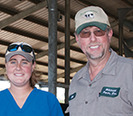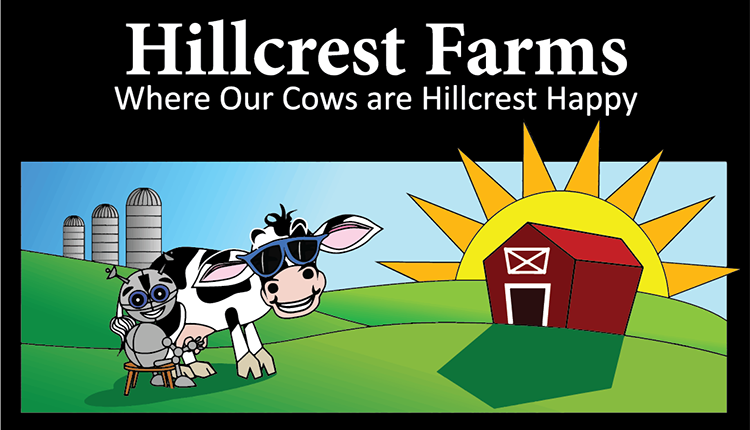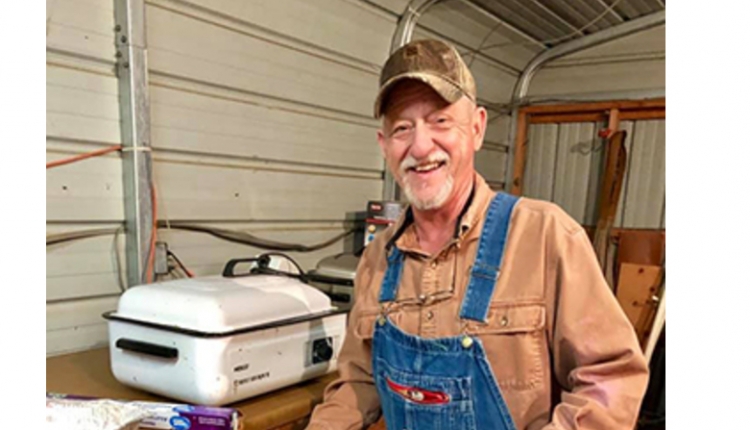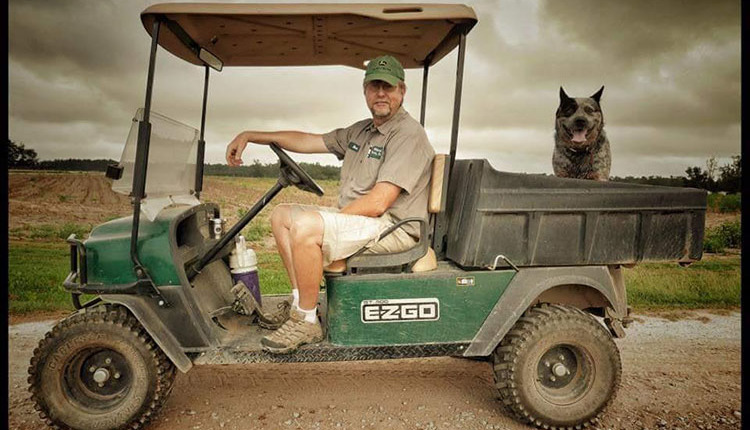
With two years of planning and touring robotic farms under our belts, it is now time to break ground on the next phase for our family farm. We have greatly appreciated the generosity and insights into dairy robotics that many farms have shared with our family.
I would like to share the following insights I have learned with my readers:
1. Free flow versus guided flow — We visited both styles of operations. Both layouts, with good management, worked. Two key factors seemed to be stocking density and barn design.
2. Which brand of robot to buy? — My initial assessment is that several brands can get the job done. The dairy farmers I spoke with seemed to agree that service and which machine could be upgraded as new technology became available were some of the major keys to their brand choice.
A farmer I met compared the decision to the “Red/Blue/Green Tractor” syndrome. All brands of tractors can plow the field, some faster and more comfortably than others, but do you have a dealer nearby that is knowledgeable, dependable, stocked with adequate parts, and able to get to the farm rapidly when needed?
3. What are your expectations for production? — If you are a well-managed 2X dairy and switch to robots, you will probably get 15 percent more milk fairly quickly. This would be the same as if you went from 2X to 3X milking. If you are currently milking 3X and getting 90-plus pounds of milk per cow, you could still improve your milk production if you used all the extra data that comes from the robot more effectively.
If you are at 100-plus pounds per cow on 3X milking, production growth will be harder to achieve. Robots should still improve the comfort and care that cows receive, though.
4. Labor — You better like being with your cows yourself. The remaining people working on robotic farms seem to be better cow managers and tech savvy.
I heard it said you need three to five years to think, tour, plan, build, and implement the conversion to robotic milking. That statement has been right on the mark for us. If you are 56 years old like me, you may also need a younger generation farmer in the family who enjoys technology as well as dairy cows to make the project a success.

Mark and Caitlin Rodgers are dairy farmers in Dearing, Georgia. Their “Father and Daughter Dairy Together” column appears every other Thursday on HD Notebook. The Rodgers have a 400-cow dairy that averages 32,000 pounds of milk. Follow their family farm on Facebook at Hillcrest Farms Inc.








